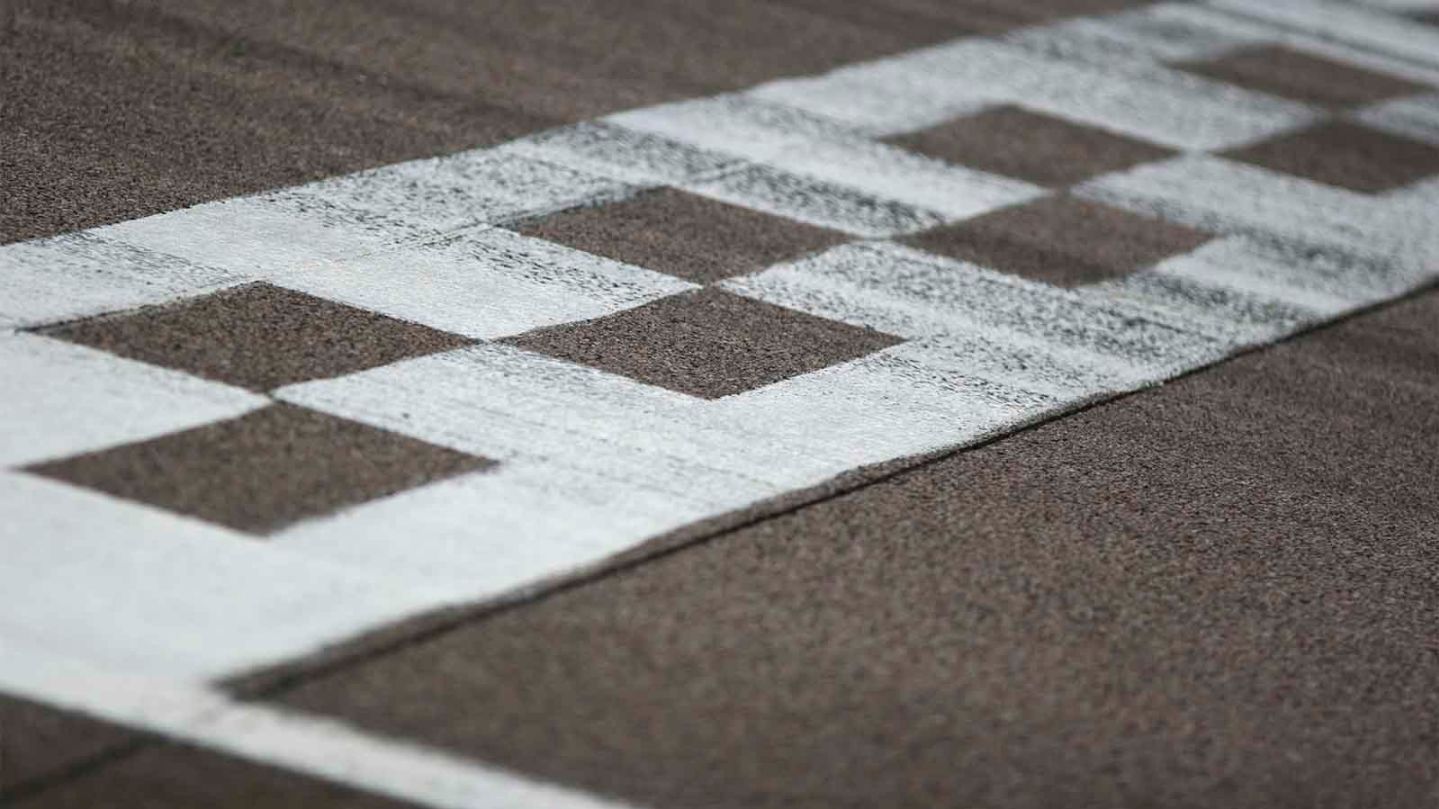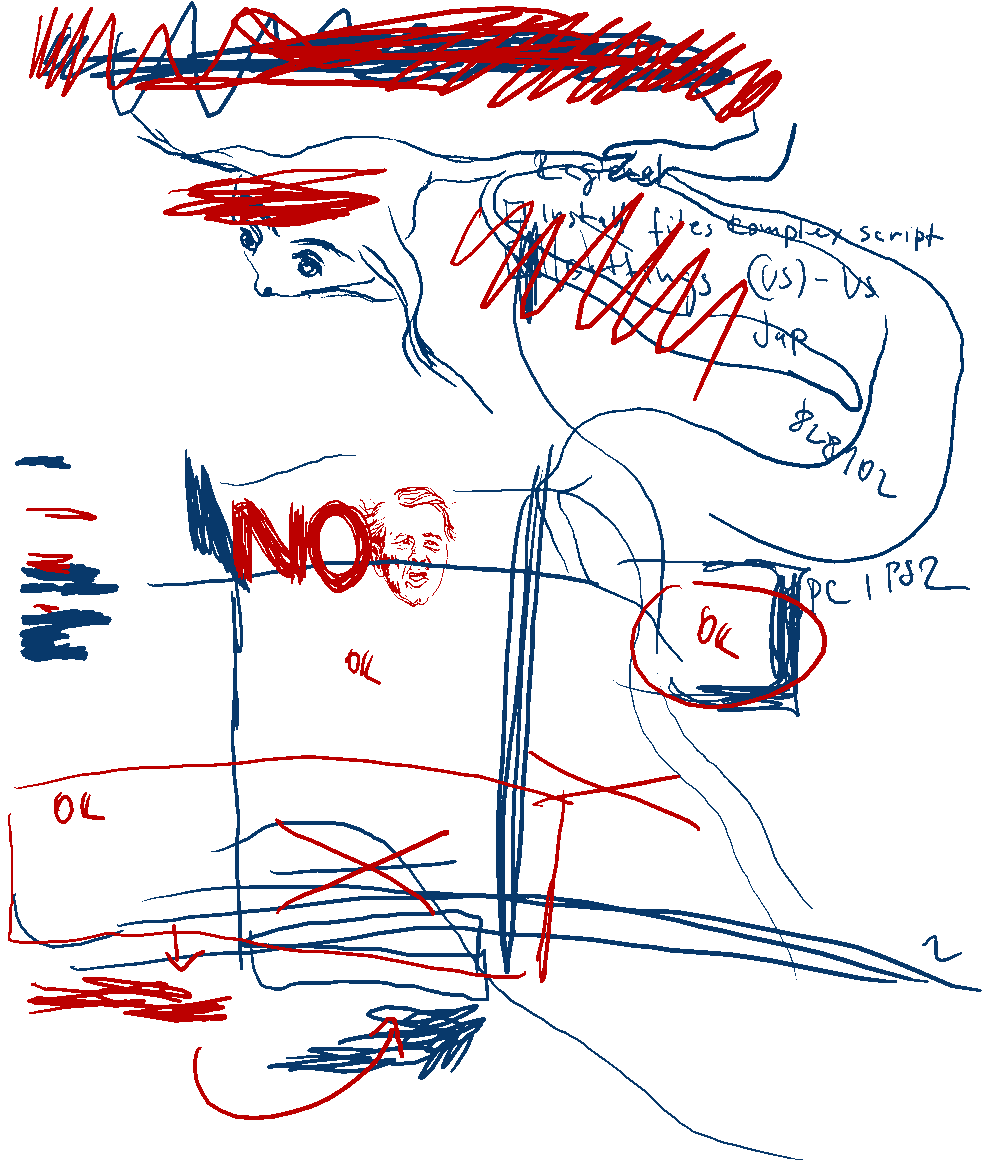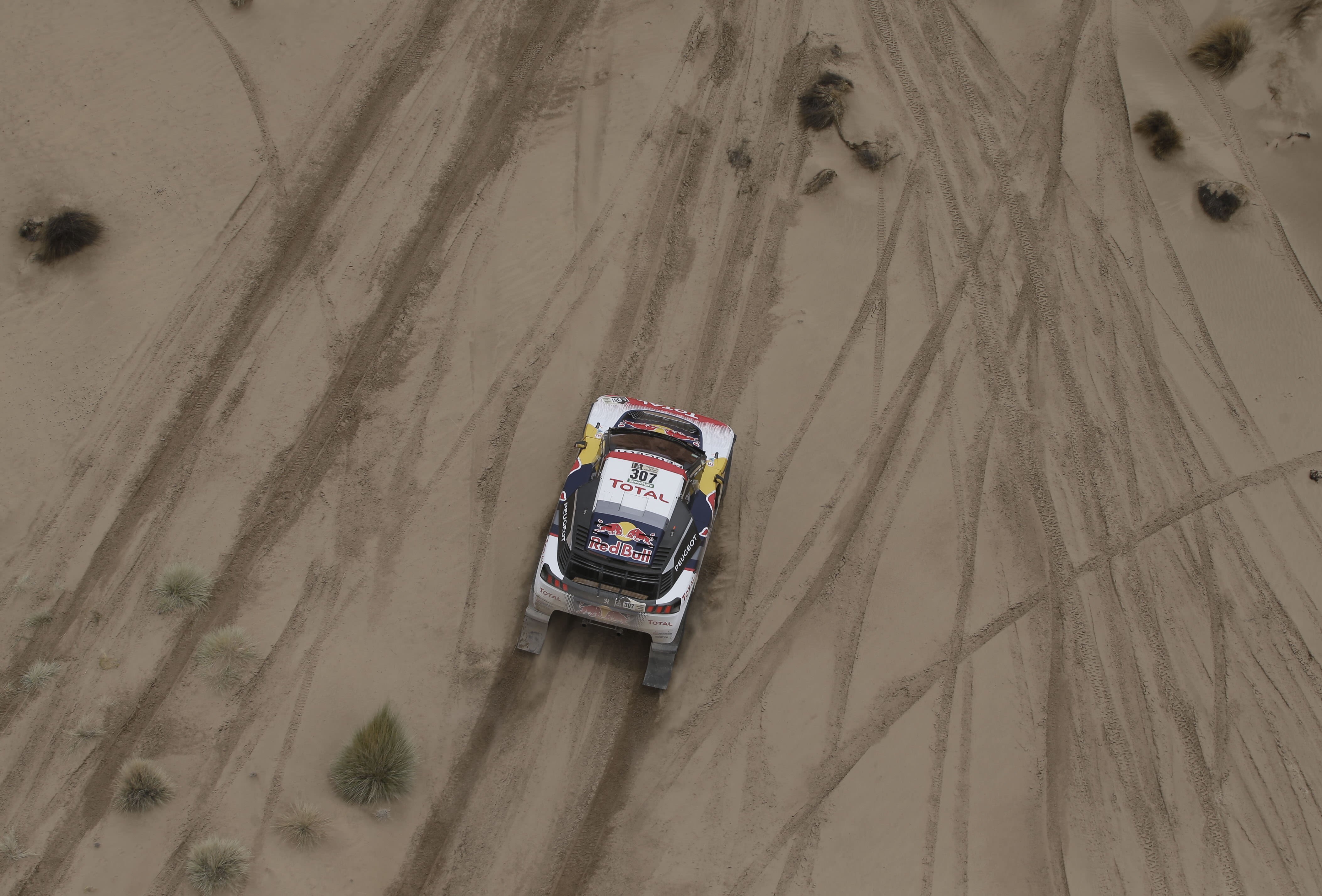
Motorsport adventurers and their speed machines are testing their limits in a 9,000-kilometer route across South America in this month's epic Dakar Rally.
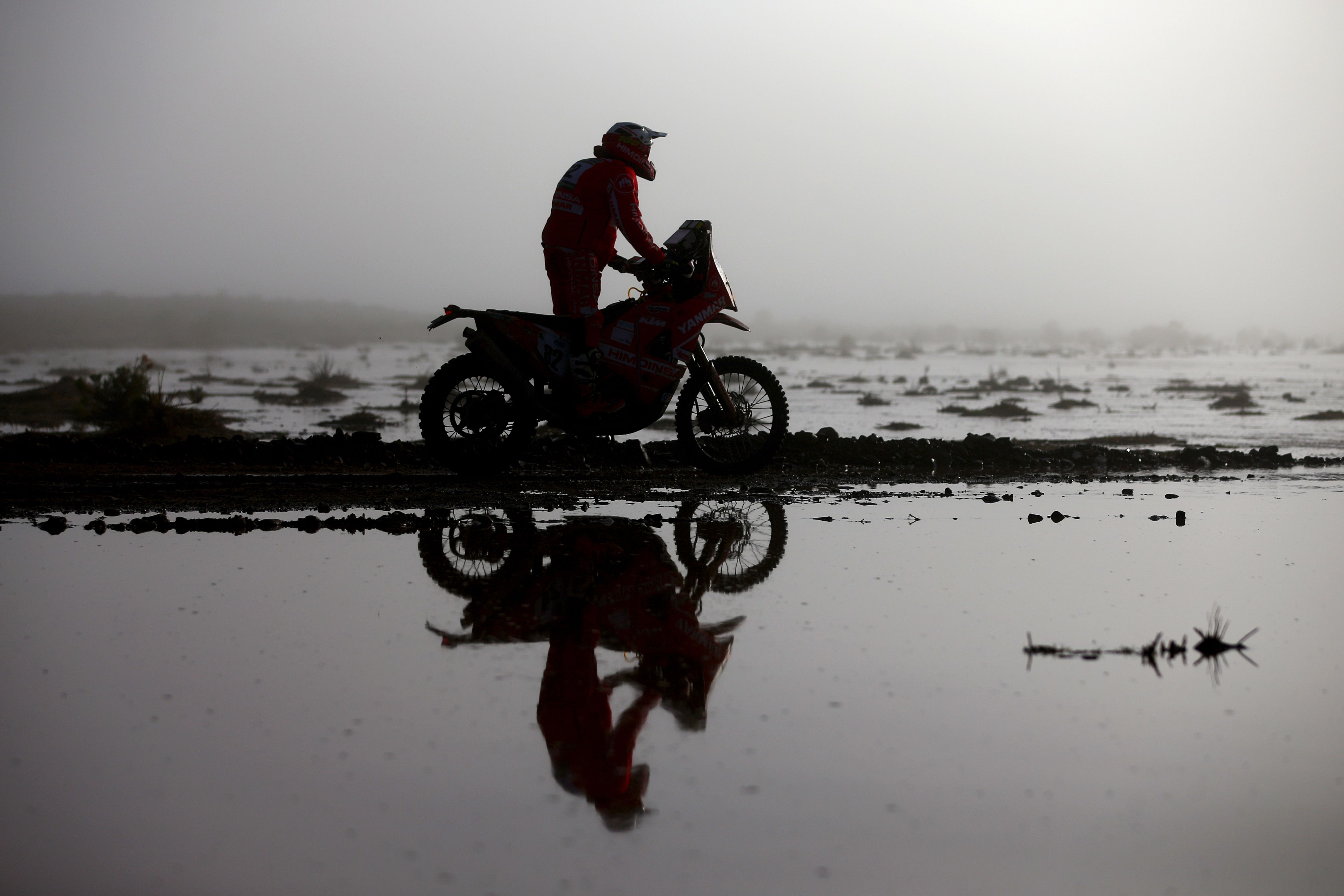
As the competitors head off road they must cross watery fords, race on rocky roads, deal with dusty terrain and scale towering sand dunes.
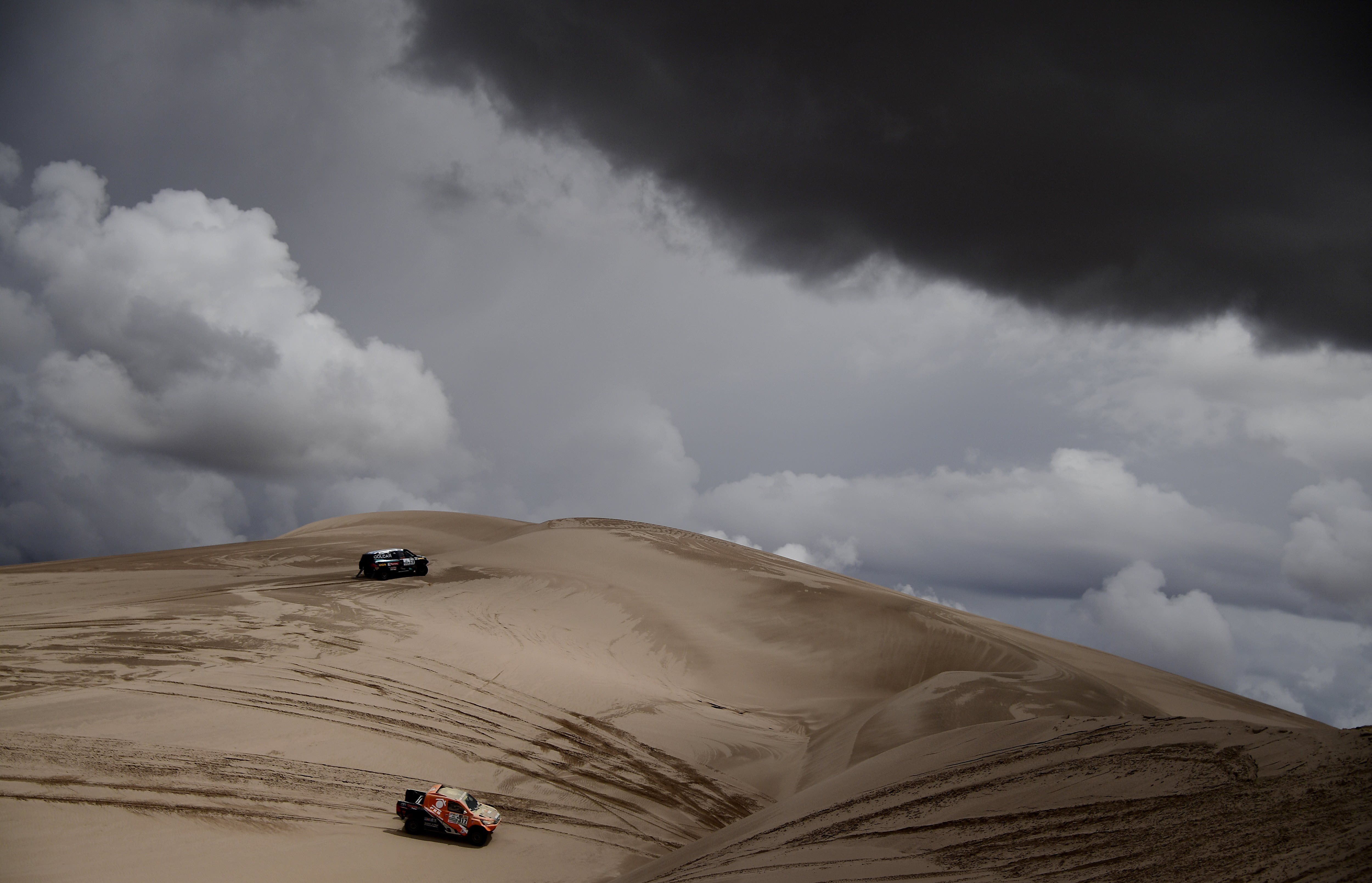
The 2017 race started in Paraguay's capital Asuncion, crossed Bolivia and finishes this weekend in Argentina, where the flag falls in Buenos Aires.
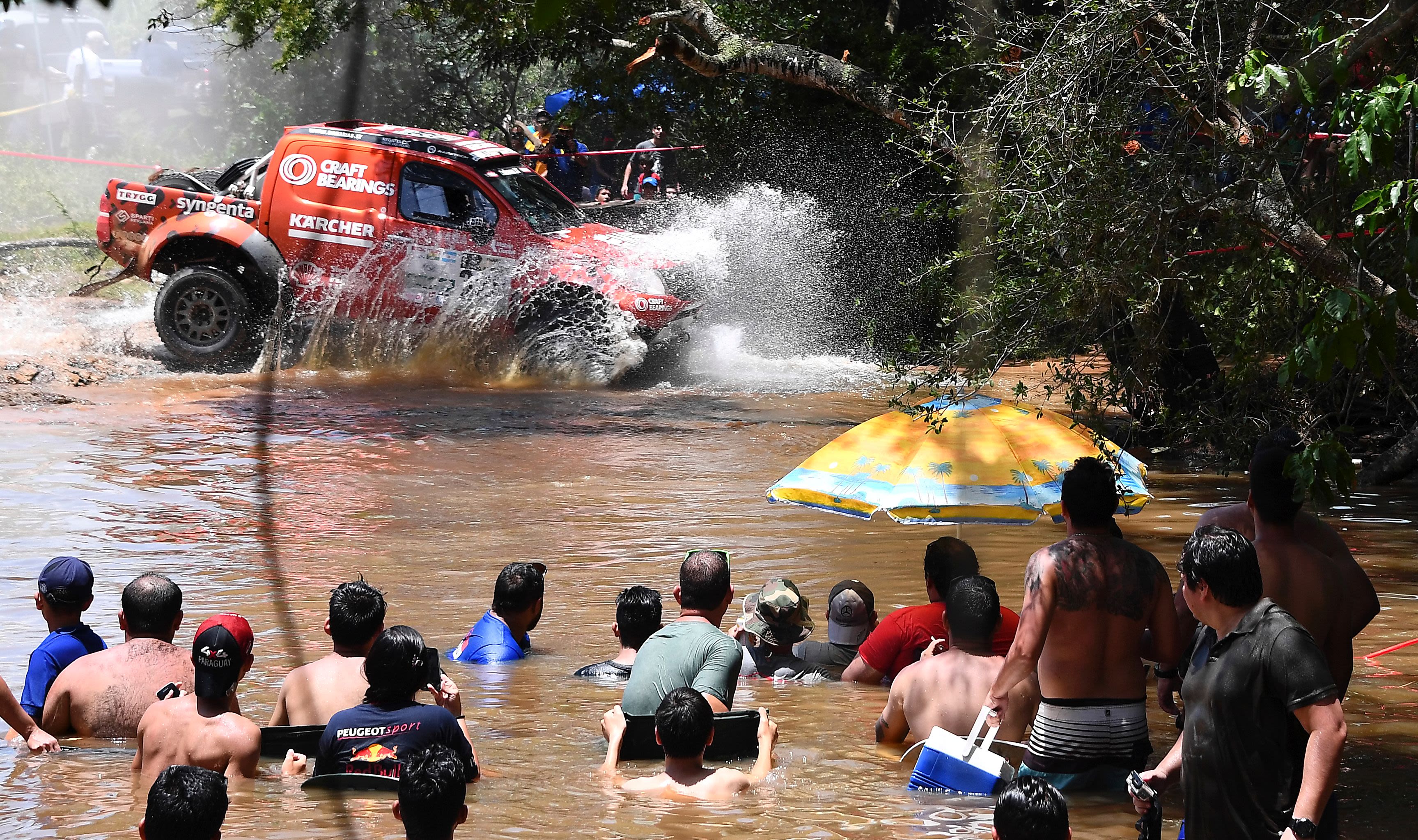
The 2016 Dakar Rally attracted 4.4 million spectators -- fans can get close to the action, as shown in this year's opening stage in Argentina.
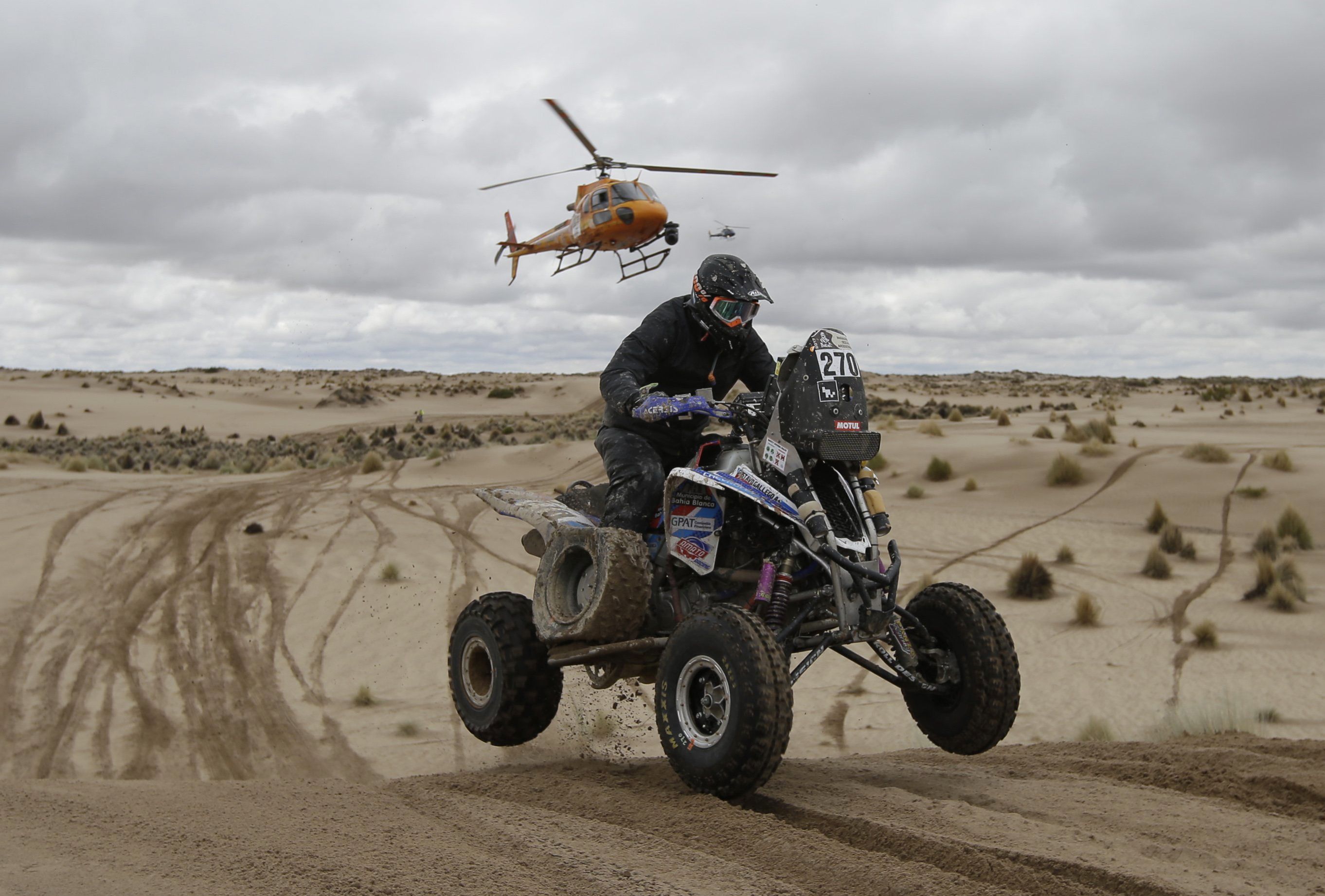
There are traditionally four major vehicle categories in the legendary race -- cars, motorbikes, trucks and quad bikes (seen here). The UTV (Utility Task Vehicle) or buggy class was added in 2017.
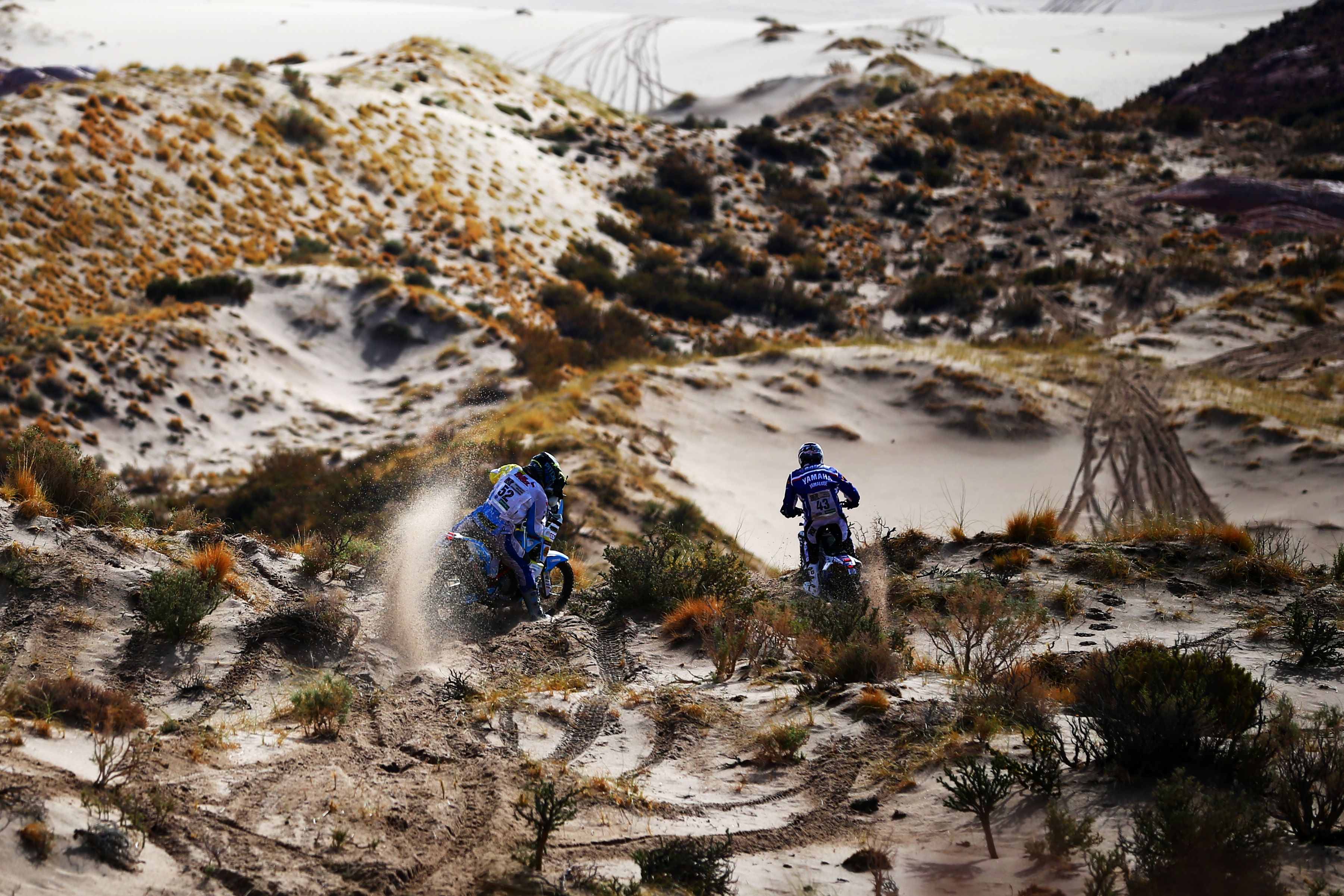
It is open to professional and amateur drivers. The 559-strong entry list this year included multiple world rally champions Sebastian Loeb and Carlos Sainz.
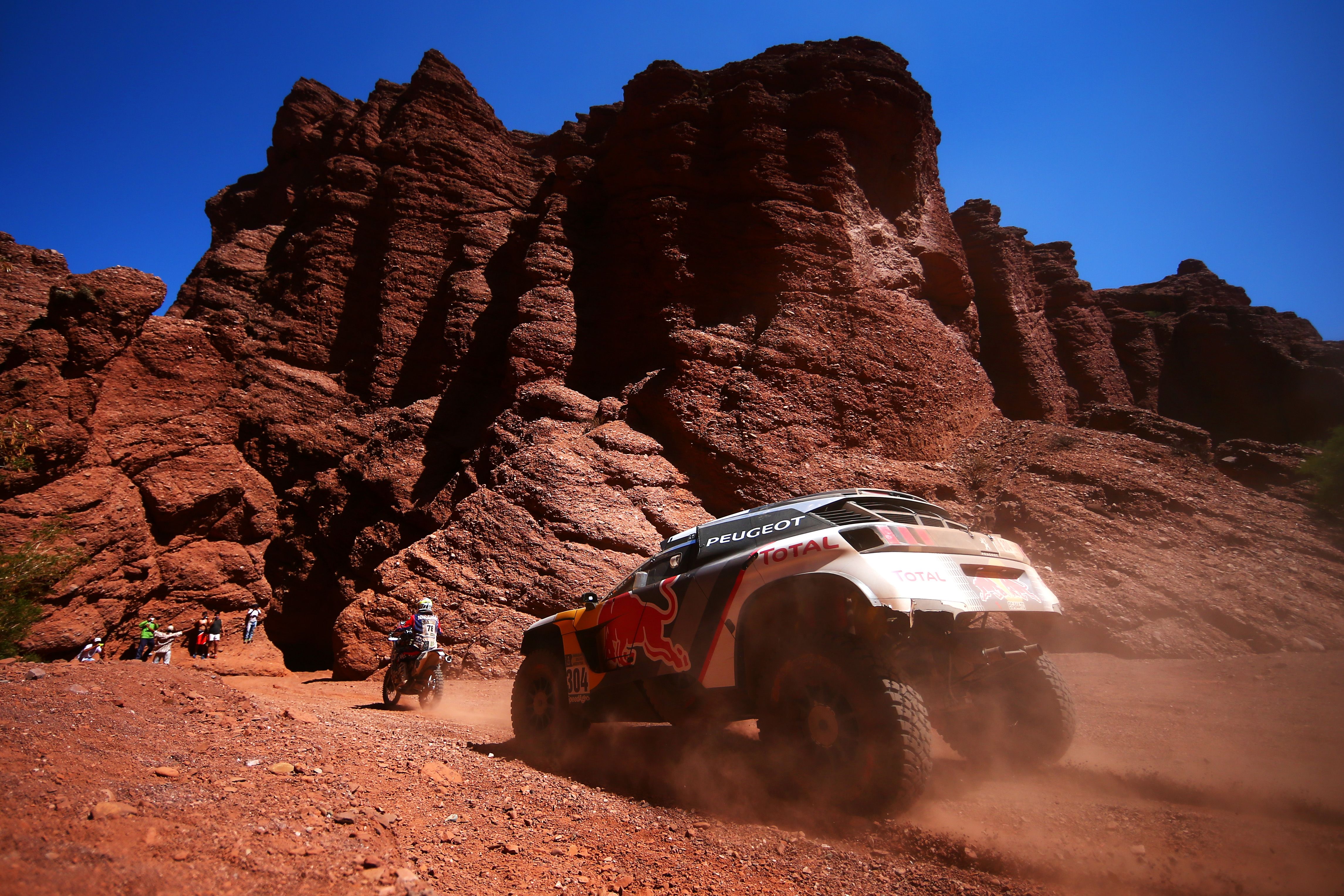
The Dakar is notoriously grueling. Sainz -- who won the 2010 car title -- and co-driver Lucas Cruz were this year forced to retire after rolling their Peugeot into a ravine, leaving the vehicle irreparable.
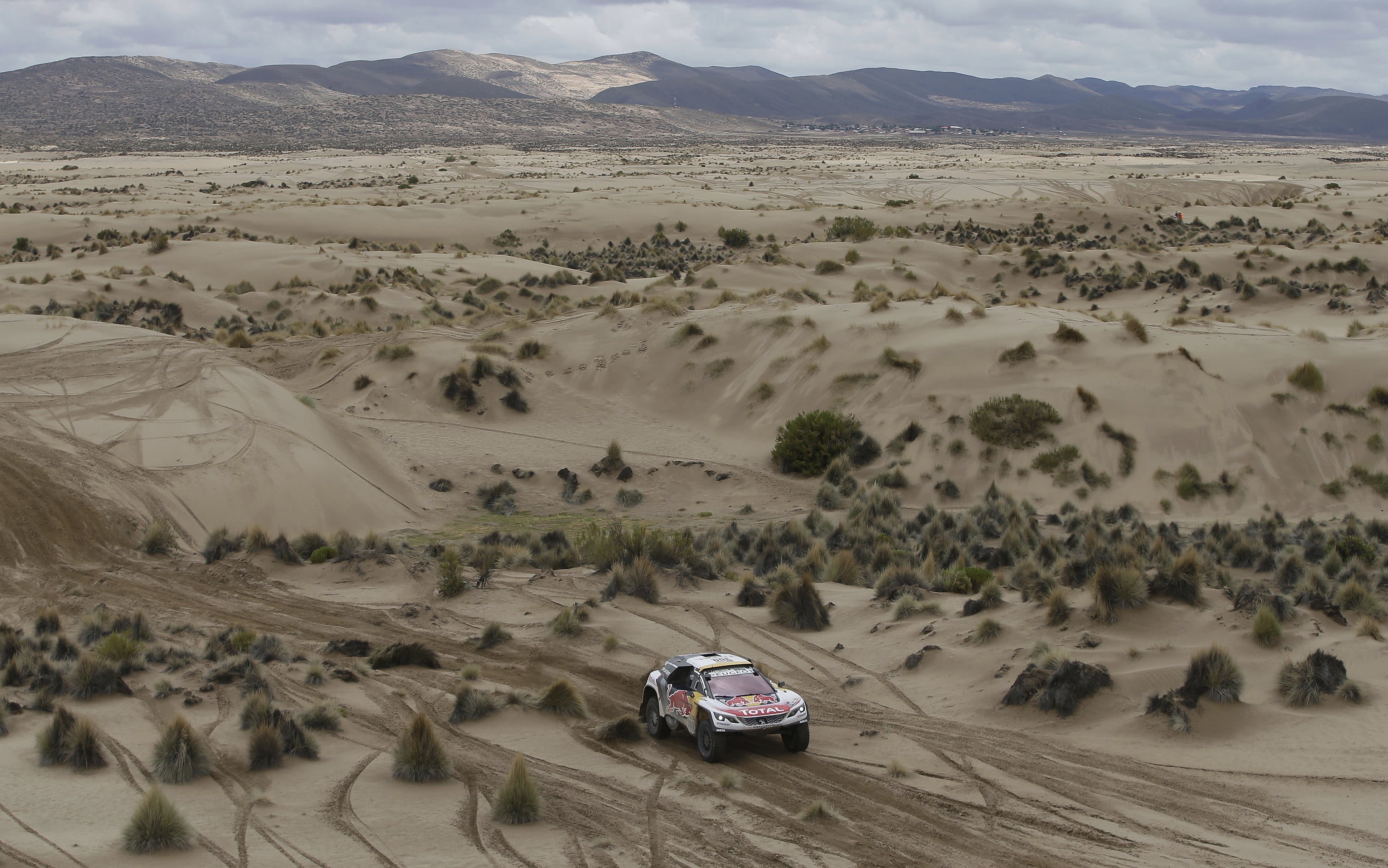
The 12 punishing stages push muscles and metal to the edge as the drivers take on varying temperatures and altitudes. The seventh stage (shown here) crossed rugged Bolivian landscape between La Paz and Uyuni.
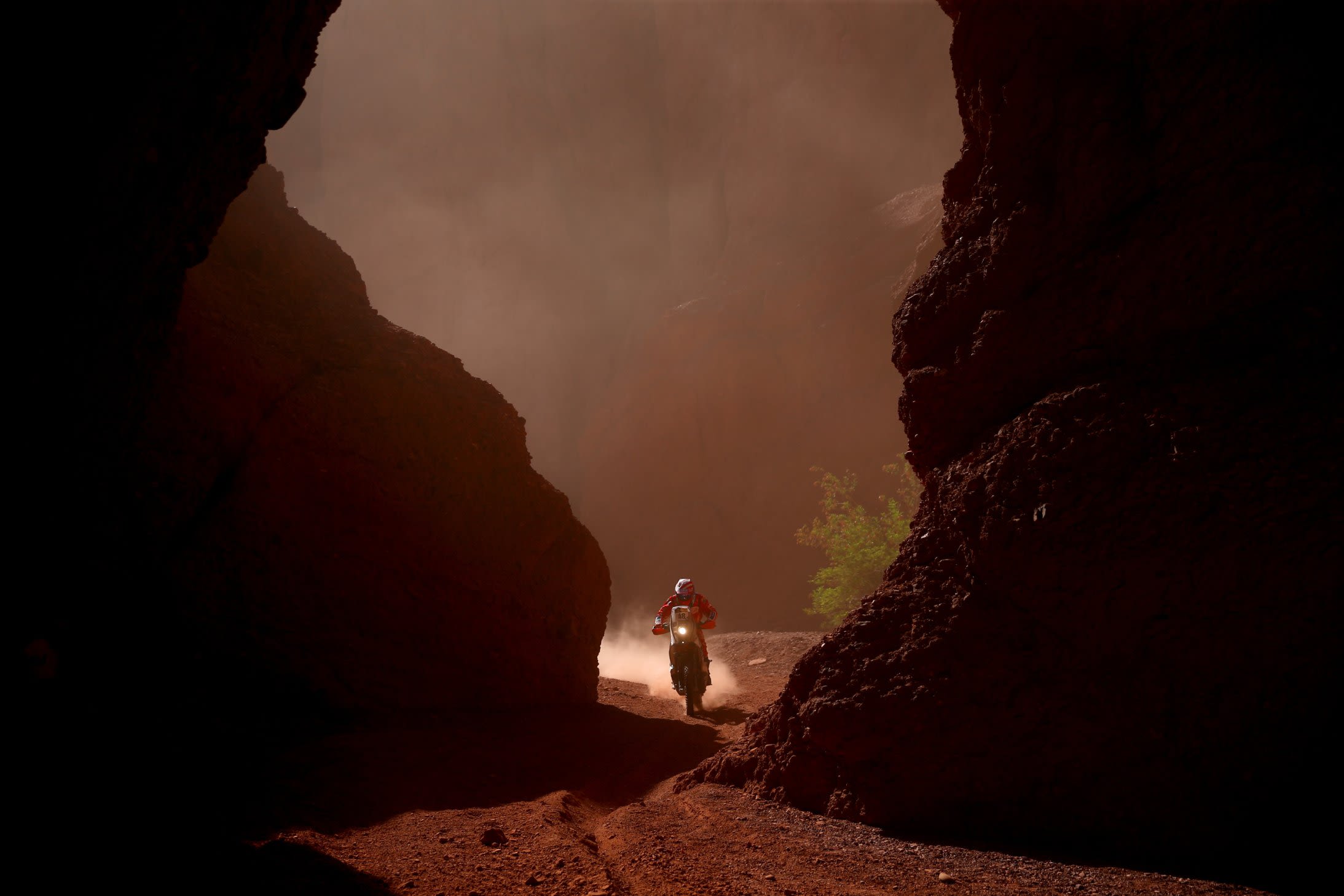
"The route of the 2017 Dakar presents a physical challenge that will push the competitors into extreme endurance," its sporting director Marc Coma says.
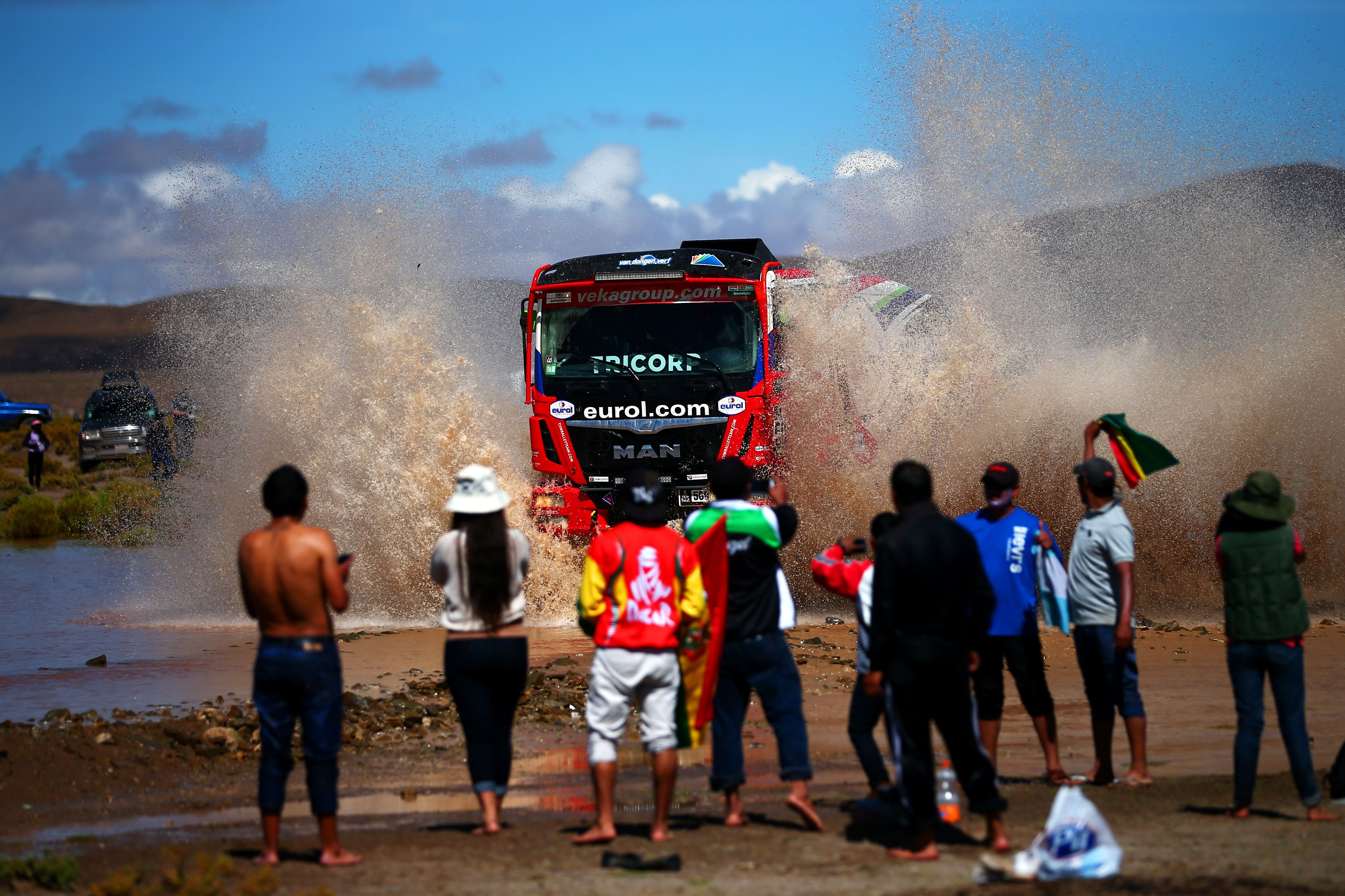
Keep on trucking: Fans watch the big machines in action during stage eight between Uyuni and Salta, Argentina.
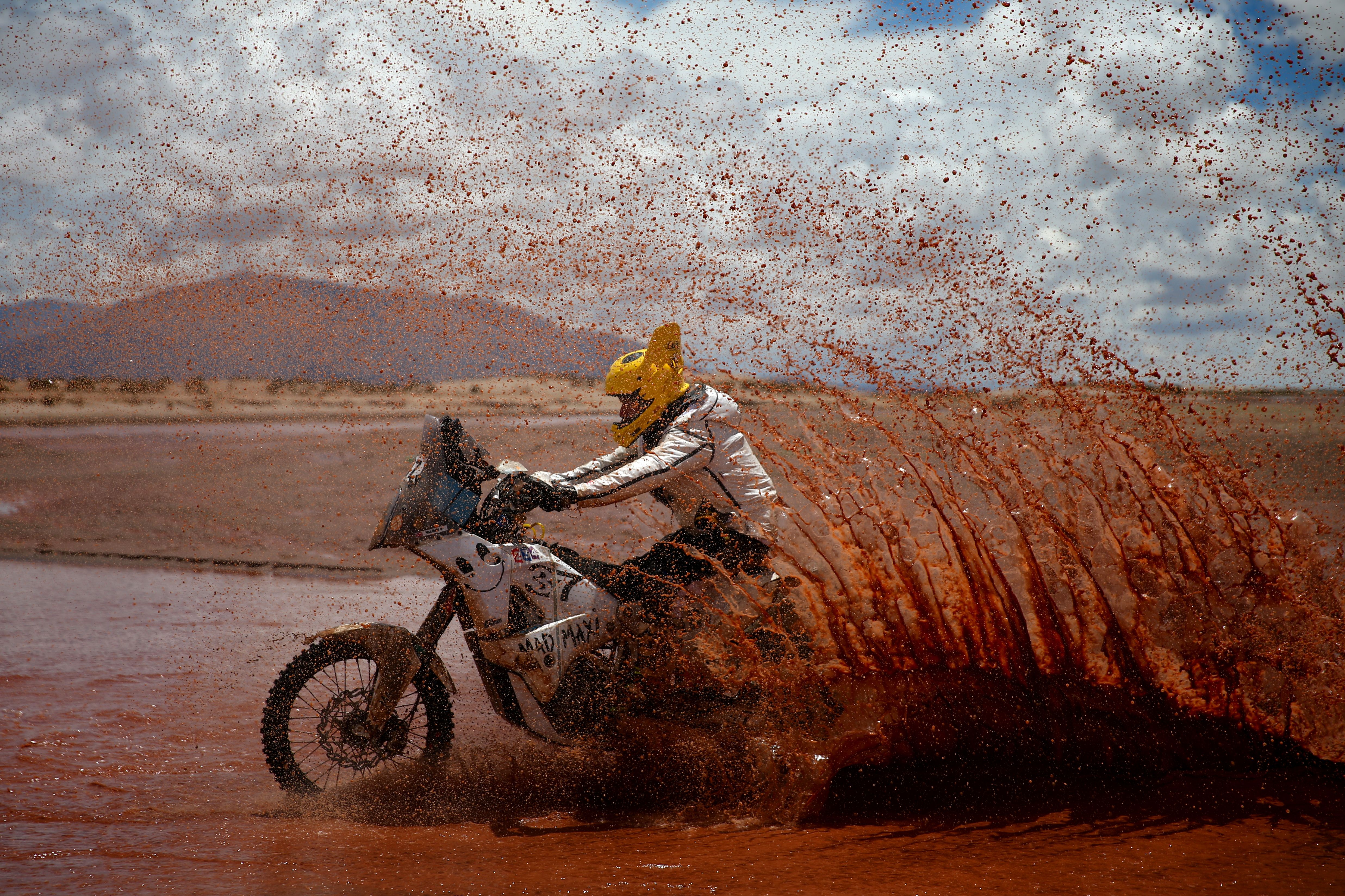
Extreme weather forced organizers to cancel stage nine between Salta and Chilecito in Argentina because of "a massive landslide caused by thunderstorms."
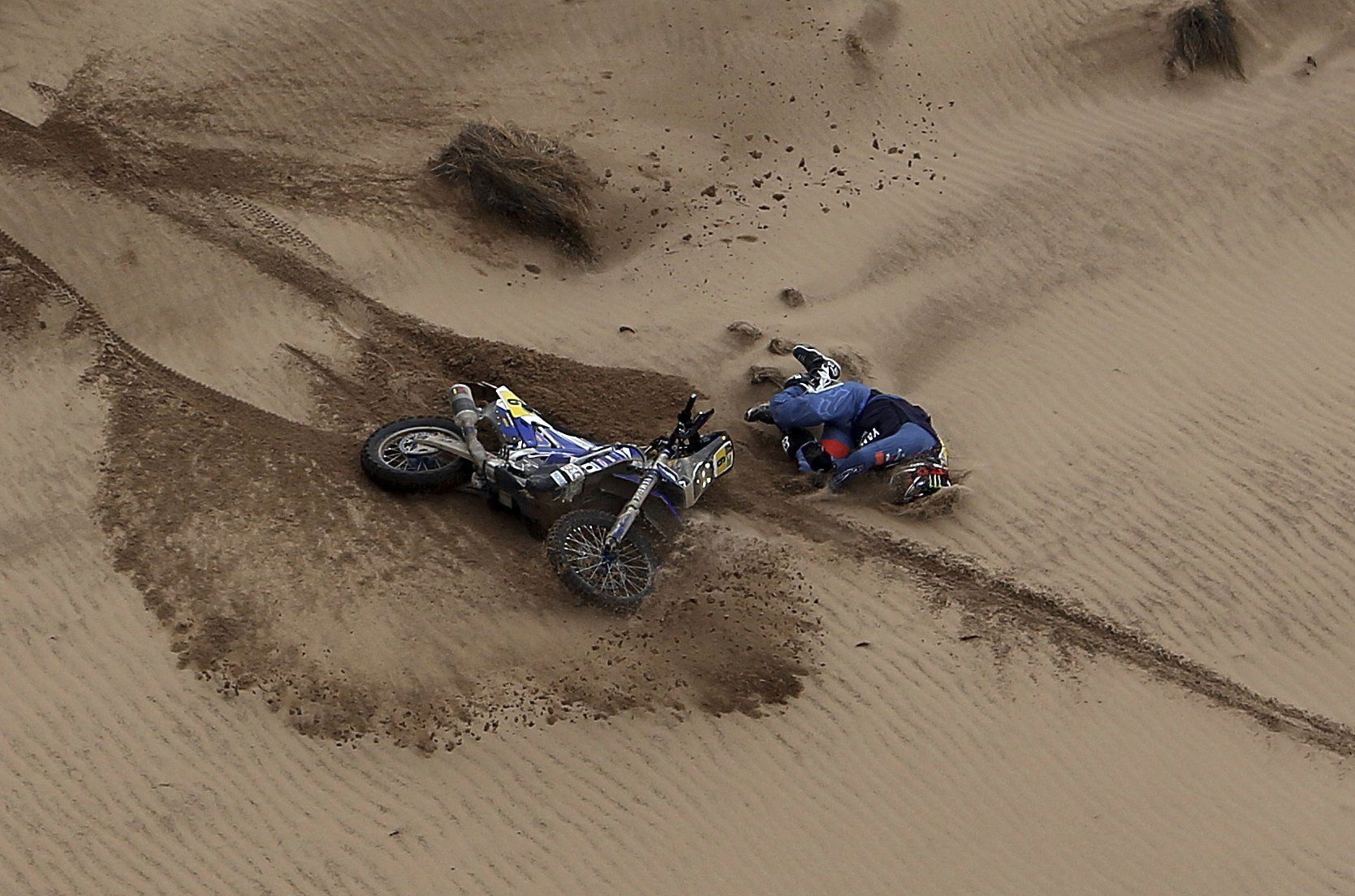
The Dakar is not for the fainthearted -- danger can be around every bend. Title hopeful Adrien Van Beveren of France took a tumble during stage seven before getting back on his bike.
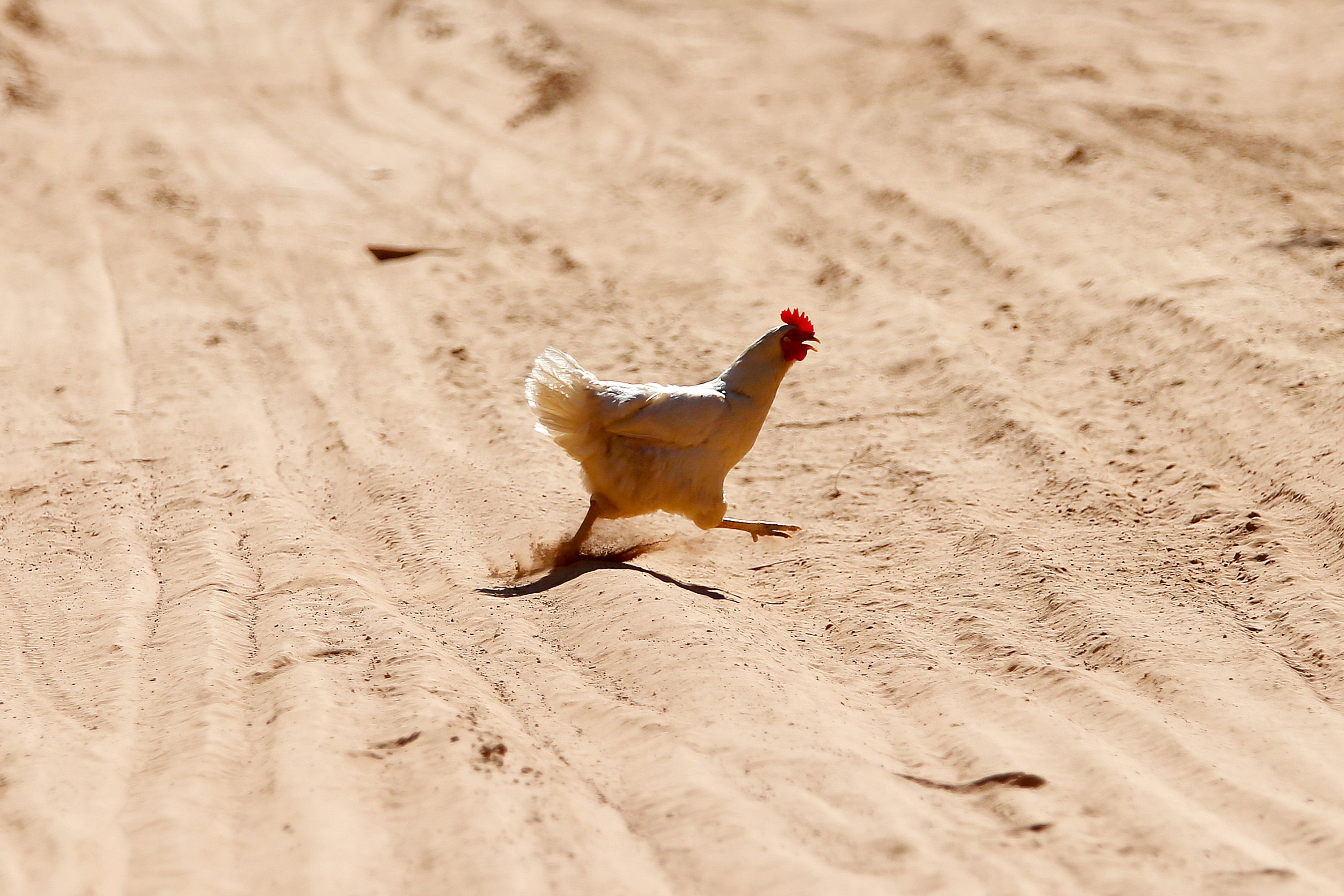
Crossing the road is a questionable business for chickens at the best of times, but it's even riskier for this brave bird -- pictured on the track during stage two between Resistencia and San Miguel de Tucuman.
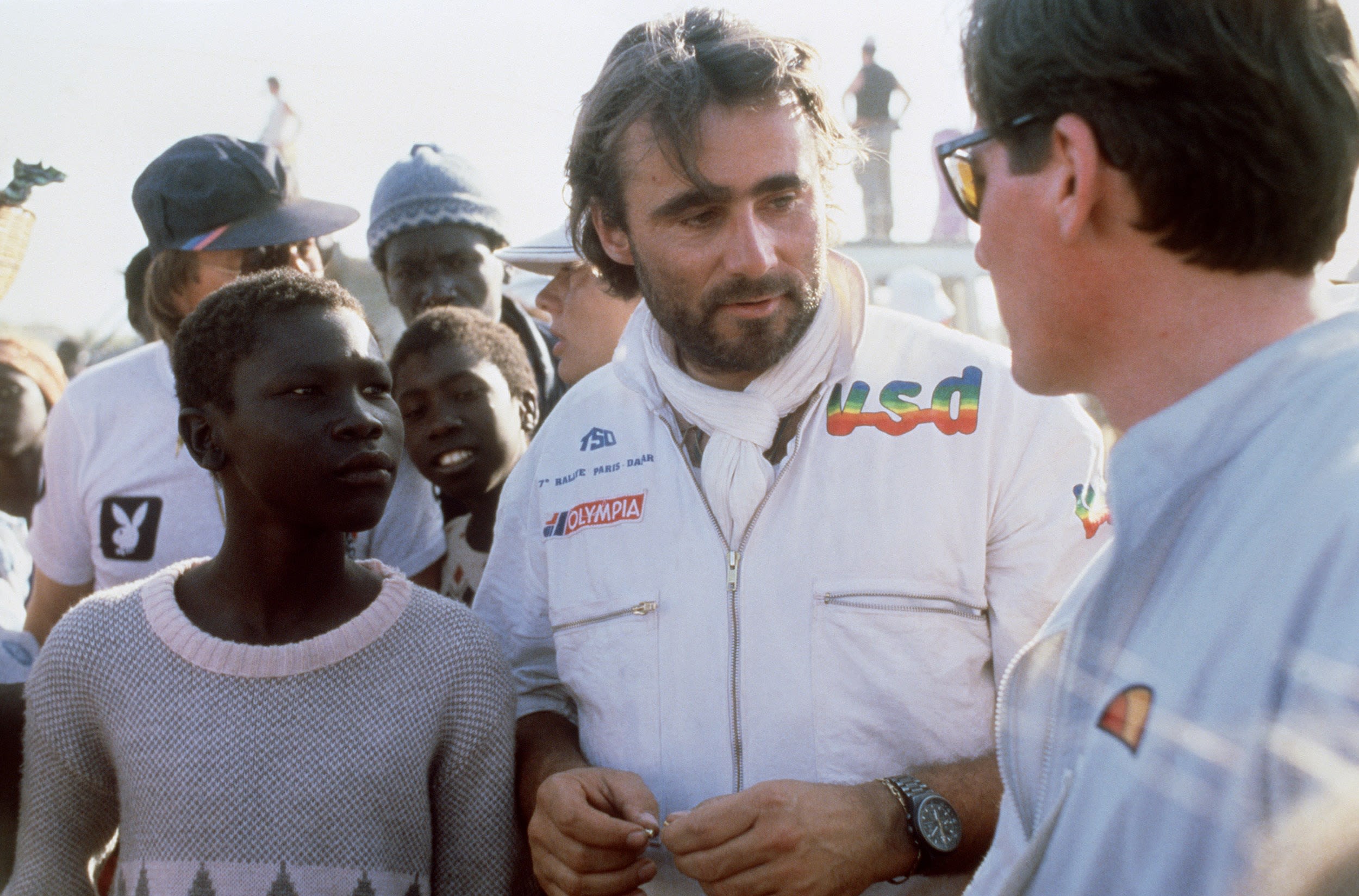
The race began in 1978 on another continent, and was then known as the Paris-Dakar Rally. It was the brainchild of the late racer Thierry Sabine (center). He got lost driving in the Tenere region of North Africa's Sahara desert, and decided it would be an amazing setting for a race.
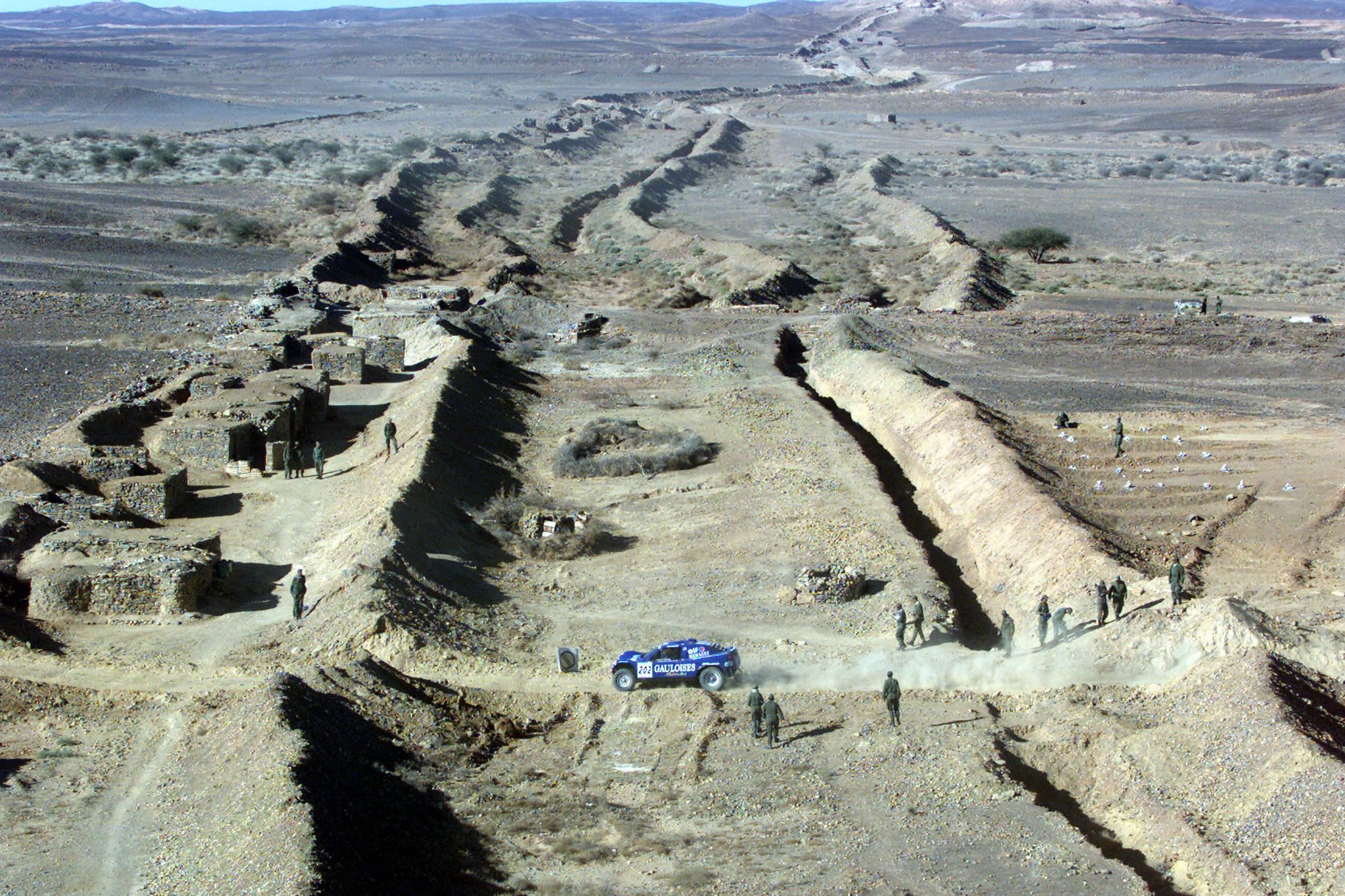
In 2008 the Dakar Rally was canceled on the advice of the French government because of terrorist threats in Mauritania, shown here during the 2001 event. It relocated to South America in 2009 and has remained there ever since.
